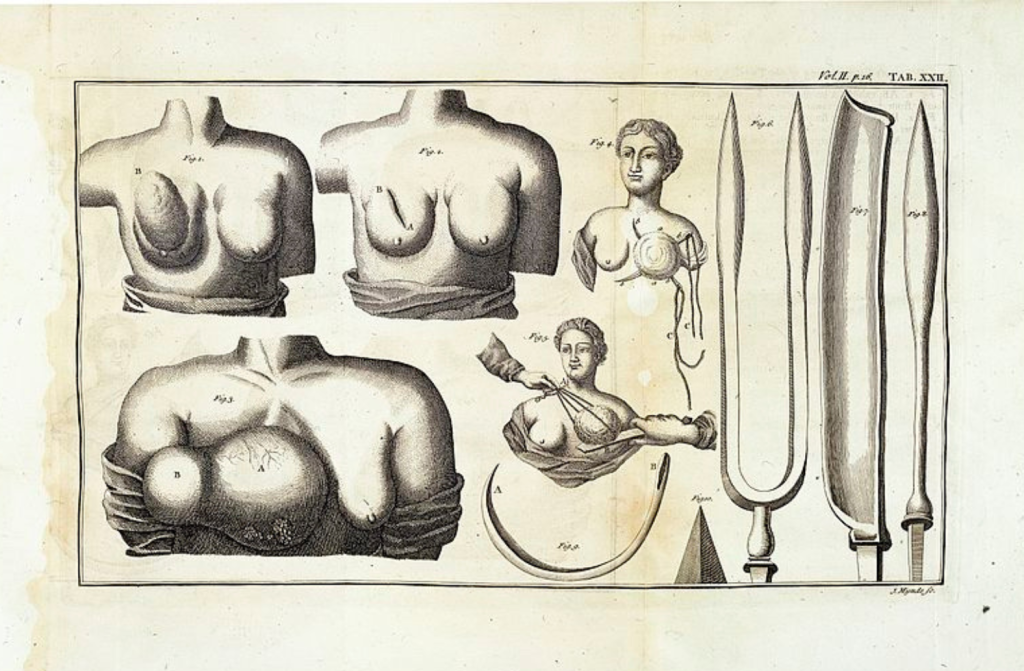
In a groundbreaking development, researchers from the University of North Carolina (UNC) have unveiled an artificial intelligence (AI) tool designed to significantly enhance the precision of breast cancer surgeries. By predicting the presence of microscopic cancer cells, invisible to the naked eye, the AI model could revolutionize the way surgeons assess tumor removal during breast cancer surgery. This breakthrough may substantially reduce the need for additional operations, thereby improving patient outcomes and reducing the physical and emotional burden on patients.
Understanding the Problem
In conventional breast cancer surgery, removing the tumor and a portion of surrounding tissue (known as the surgical margin) is standard practice. However, assessing whether all cancerous tissue has been removed accurately is challenging. Currently, mammography imaging of the tumor specimen is conducted post-surgery. Pathologists then analyze the images to determine if cancer cells extend beyond the tumor’s edge (pathological margin). If cancer cells are detected beyond this margin, patients may require further surgeries.
The Role of AI
The newly developed AI model leverages specimen mammography, a process wherein an X-ray captures images of the tumor specimen. By instantly predicting the pathologic margin status during surgery, the AI provides real-time feedback to surgeons. This immediate analysis enables doctors to ensure that all cancer cells are removed, eliminating the need for subsequent surgeries. This development marks a significant advancement, as it drastically reduces the time and stress associated with waiting for post-surgery pathology reports.
Key Features of the AI Model
- Training and Validation: The AI model was trained, validated, and tested using a dataset comprising specimen mammography images matched with pathologic margin status collected at UNC from 2017 to 2020. Patient data, including demographics and tumor characteristics, were also incorporated.
- Accuracy and Reliability: During testing, the AI tool exhibited a sensitivity of 84%, a specificity of 42%, and an area under the receiver operating characteristic curve of 0.71. These metrics demonstrate the AI’s ability to match or even surpass human performance in identifying positive margins.
Potential Impact
This AI tool not only improves the accuracy of cancer removal but also serves as a valuable clinical decision support system. Its potential to function effectively in resource-constrained environments could enhance the standard of care in hospitals with limited expertise. By providing immediate, informed feedback, the AI tool empowers surgeons to make precise decisions during surgery, ultimately leading to better patient outcomes and a more efficient healthcare process.
Future Prospects
While the AI tool has shown promising results, ongoing data integration and validation efforts are essential. The research team aims to further enhance the model’s performance, ensuring its accuracy and reliability before widespread clinical deployment. With continuous advancements, this AI technology holds the promise of transforming breast cancer surgeries globally, making them more accurate, efficient, and patient-friendly.





